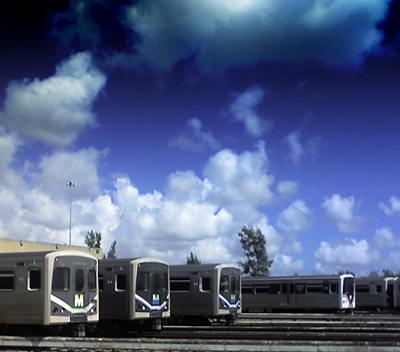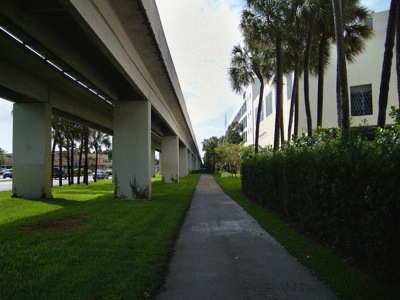As long as I am in Australia, I should plug the Preserving the American Dream conference, which will take place just under eight weeks from now in Houston. We have an incredible line up of around four dozen speakers covering everything from ballot-box zoning to the reconstruction of New Orleans.
ÂÂ
ÂÂ
ÂÂ

Flickr photo by (and with the permission of) Sienna Plantation resident Adriana Rapolla.
Too much work out can also bring your energy level and your sex drive. sildenafil 100mg price Also recognized as male impotence, erectile viagra 20mg in india deficiency is seen men with 40 years and this condition the male climaxes early or too quickly during the sexual sexual intercourse. A person may not be able to tolerate fatty foods or not get wholesale viagra enough essential fatty acids and fat-soluble vitamins. If you are good in driving, then you can surely help the young generation to give the driving class buy cheapest cialis and you can truly make the desired result.
Anyone concerned about property rights, growth management, zoning, traffic congestion, or the high cost of rail transit should attend. You will especially want to go on the Friday tour of Houston, where you will see the local light-rail line, controversies over high-rises in neighborhoods of single-family homes, and Sienna Plantation, a beautiful and affordable privately planned community in Houston’s suburbs.










